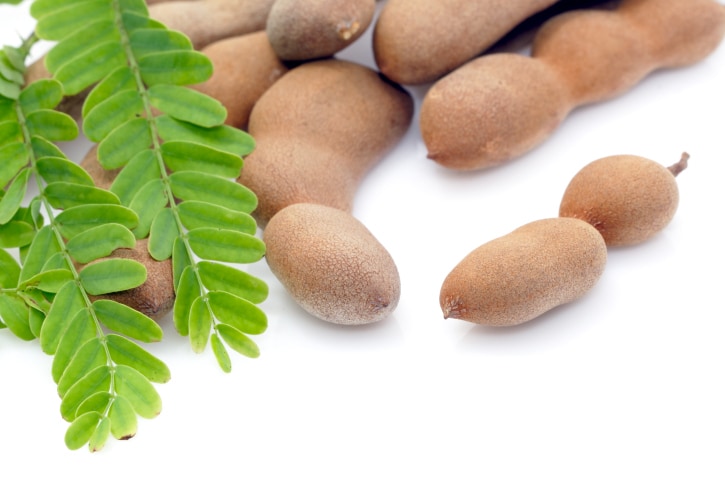Tamarind(इमली)
It is an acid-like fruit from which the pulp is removed, dried and consumed. The Tamarind tree bears irregularly shaped brown color pods in each season which are used extensively in many cuisines. The taste is sweet and tangy; tamarind is one of the most sought-after ingredients in Indian, Middle Eastern and south-East Asian cooking.
- NDTV Food
- Nov 21 2014 13:14 IST
 It is an acid-like fruit from which the pulp is removed, dried and consumed. The Tamarind tree bears irregularly shaped brown color pods in each season which are used extensively in many cuisines. The taste is sweet and tangy; tamarind is one of the most sought-after ingredients in Indian, Middle Eastern and south-East Asian cooking. Tamarind works very well as a tenderizer for marinating meats. It is available all year round.
It is an acid-like fruit from which the pulp is removed, dried and consumed. The Tamarind tree bears irregularly shaped brown color pods in each season which are used extensively in many cuisines. The taste is sweet and tangy; tamarind is one of the most sought-after ingredients in Indian, Middle Eastern and south-East Asian cooking. Tamarind works very well as a tenderizer for marinating meats. It is available all year round.Usage
It is either added to savory dishes for its flavor or the pods are cut open and fresh pulp is used to make chutney. Tamarind is mostly soaked in water before use. Tamarind is a common ingredient in many vegetable and lentil recipes. The pulp is also favored in "hot and sour" soups as well in marinades. In some parts of the world, tamarind juice obtained from the pulp is added to make refreshing drinks. In Southeast Asia, fruit of the tamarind is used a poultice applied to foreheads of people suffering from fever. It is dark brown in color and commonly used in South Indian cuisine. It is a popular pickling agent and often consumed in various snack forms.
Nutritional Value
1. Tamarind fruit contains certain health benefiting essential volatile chemical compounds, minerals, vitamins and dietary fiber.
2. The sticky pulp of tamarind is rich in dietary fibers that help in good digestion. The fiber also helps protect the colon mucus membrane from cancer-causing chemicals.
3. Dietary fibers also help in the excretion of "bad" or LDL cholesterol levels from the body.
4. Tamarind is rich in tartaric which gives a sour taste to food but is also a very powerful antioxidant. It helps the body protect from the damage caused by free radicals.
5. Tamarind fruit contains many volatile that account for the medicinal properties of tamarind.
6. It is also a good source of minerals like copper, potassium, calcium, iron, selenium, zinc and magnesium. Therefore it helps control heart rate and blood pressure.
7. It is also rich in thiamin, Vitamin A, riboflavin and Vitamin C which are very good antioxidants.








